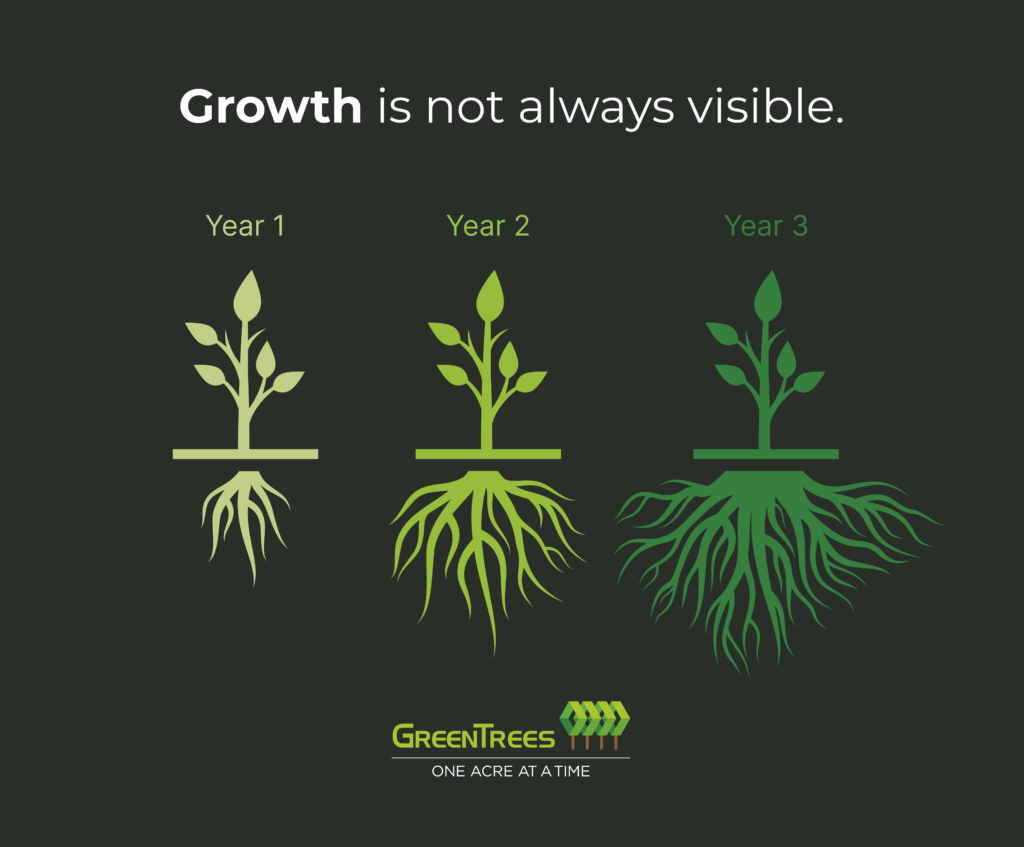In a major step backwards, the Science-Based Target Initiative (SBTi) has declared that Nature is a Luxury Item. This failure to value nature is the same failed mindset that got us into this climate problem in the first place. Let’s remember that intelligence is never in numbers. It merely reveals them. We, being prone to numbers, seek safety often in the wrong things. This is an example.
According to IPCC, since 1750 approximately 1/3 of all emissions to the atmosphere have come from land use change, predominately deforestation. Yet, SBTi seems to place ideology and fear over science and hope. It’s the way of our time. Dictating when Nature can be involved in the carbon decarbonization process is an example. SBTi has created a waterfall in which the first 90% reduction has to come in-house, and the next 10% on the path to zero can come from Nature-Based Removals. And if a company wants to go beyond 100% they can add on Nature Based Reductions like IFM and REDD. Nice, but foolish really – and, also, wrong.
For an organization rooted in “science” by name, they are going against science by action when they dictate when Nature can play a role. Nature, truth be known, reveals more science and genius than we do. In the latest Assessment Report, the world’s leading scientists are saying we need to scale up both investment in Nature Based Solutions and Renewables, etc. Yet, SBTi seems to be caught, like some in the media, that it’s Renewables or Nature. At the very least, the solution should not be framed as an either-or approach, but rather an AND+ mindset — it is Renewables AND Nature plus all the co-benefits she provides.
Over the last three years, the market has focused on many of the wrong things. Ideological articles written by the never-natured media are used as a rationale to justify an integrity problem. It is we who are shortsighted here, not nature. As a project developer for the last 20 years, the rigor we go through is not something any of these naysayers show signs of understanding, nor want to understand. The reason they do not is they see any purchase of a carbon credit as delaying carbon action in the “value chain of the business.” This is simply not true.
Think about this devaluing of nature for a second. Over the last 270 years try to picture how much power plants, cars, trucks, planes, and trains have emitted into the atmosphere. Then realize that nearly 1/3 of all emissions have come from land use change, predominately deforestation.
To quote the famed sustainability and circular economy guru, Bill McDonough, —“But carbon — the element — is not the enemy. Climate change is the result of breakdowns in the carbon cycle caused by us: it is a design failure. Anthropogenic greenhouse gases in the atmosphere make airborne carbon a material in the wrong place, at the wrong dose and for the wrong duration. It is we who have made carbon toxic — like lead in our drinking water or nitrates in our rivers. In the right place, carbon is a resource and a tool.”
When we plant trees or grasses, we transform atmospheric carbon back down into living system carbon — creating a carbon removal ton. When we protect and conserve our forests, we alter the process of treating the earth as though it were a business in liquidation by turning living system carbon into more atmospheric carbon. This process is a nature-based reduction.
Another way to think about this is that stopping deforestation is playing goal-line defense. The world cannot afford to be scored on anymore. IFM is an attacking defense and reforestation is pure climate offense. We need all three to win! As the late Jim Rogers, former Chairman and CEO of Duke Energy once told me, “There are two forms of IP in this world — technological IP and how you get to scale. Most technologies fail in how you get to scale.” The thing with nature is that she is scale. The question is how do you organize it? Over the last 20 years, our firm has been working to organize this scale.
There is a genius to nature. Think of trees, grasses, and soil as Mother Nature’s technology. It is also the most scalable technology we have right now. Therefore, we need to harness her principles and not marginalize them through this failed SBTi thinking that has taken cues from hit pieces by jaundiced media or specious reasoning and dishonesty from rating agencies seeking space and relevance in the marketplace recently.
Fortunately, leading buyers continue to seek ways to enlarge the orbit of capitalism. They wisely are putting a price and value on the natural capital as a means to deal with the systemic challenge to humanity, biodiversity and a stable planet. They are ahead of market naysayers. Buyers don’t see Nature as a luxury item or offset. They see Nature and all she affords as the valuable and hidden hand of commerce!
The smart companies today are incorporating nature as part of their corporate values and communicating that to their customers who intrinsically understand this deep connection. By putting a price and value on nature, we will stop treating her as though she is a business in liquidation and we will start to enlarge the orbit of capitalism to a better version of itself — Capitalism 2.0! This transformation should be viewed less in terms of capitalism widening to include Nature’s value but more to acknowledge once and for all that Nature’s way is the best example for our capitalism of tomorrow.
If the IPCC truly believes we need to scale both Renewables and Nature, let’s stop thinking of an either-or approach and realize AND+. It’s the only way for the next 20 years we can start thinking Scale and Speed to Scale. The job we have, as our new platform ACRE IO tagline appropriately states, is “Revaluing the Earth, Because the World Matters.”
By Chandler Van Voorhis, co-founder of GreenTrees and the ACRE IO platform




